The Importance of Conducting Security Due Diligence for Suppliers
January 12, 2021
Business partnerships are essential, but they are never without risk. When a company begins a partnership with another entity, they also assume the risks of working together. Security vulnerabilities are a primary concern and there are new issues arising every day. Frequent security analysis of your own system is essential, but it’s not enough. Businesses also need to thoroughly analyze their partners’ security protocols, which includes vendors and suppliers.
This guide covers the importance of security due diligence as well as best practices to protect your business.
The Most Common Security Threats
Security threats vary from one party to the next, but some risks are more common than others. Research shows that the most common security threats include:
- Data Breaches
- Duplicate passwords and logins
- Employee access to data
- Cyberattacks
Unfortunately, new security threats arise every single day. Businesses must be wary and actively prevent security risks to protect against data loss, financial loss, and damage to the company’s overall reputation.
How to Protect Against Vendor Security Vulnerabilities
Though security is essential, ensuring that vendors maintain and comply with security protocols is a lengthy, ongoing task. It’s perhaps best to break the process into several steps and streamline or automate systems as needed. Risk mitigation planning is a necessary part of doing business in the digital age, and it’s the only way to protect against security threats.
1. Assess the Vendor
First, organizations should assess the vendor or supplier. This includes ensuring the legitimacy of the business, ensuring the company is financially stable and comparing company values to make sure they align. A simple internet search can provide a wealth of information in one short session. Companies may also request documentation such as financial reports without risking damage to the relationship.
2. Initiate a Security Questionnaire
If the vendor seems trustworthy at first glance, the company can proceed to the next step: a security due diligence questionnaire. These documents are common, and most vendors and suppliers should be familiar with the process. The questions vary depending on the party relationship, but they may include any information about the supplier including financial status, pending lawsuits, security protocols, etc.
3. Identify Security Risks
With the questionnaire in hand, identifying security risks is a straightforward process. Every business should have its own security procedures and potential risk assessment. They can compare this information to the supplier’s information to assess whether strategies and safeguards align.
4. Create a Risk Mitigation Plan
In most business relationships, there are some identifiable security risks. Once these risks are outlined, it’s time to create a risk mitigation plan. Organizations should always be proactive when it comes to security. Statistics show that proactive security measures almost always perform better than reactive measures.
A Business Continuity and Disaster Preparedness Plan gives organizations the opportunity to address security concerns before they actually happen. During a crisis, it’s much easier to handle the situation effectively with a written plan in place.
5. Write Security Terms in Your Contract
Risk mitigation also extends to the supplier or vendor. If the security protocols outlined in the security questionnaire are insufficient, it’s important to address any issues before signing a contract. Most experts advise outlining essential security protocols within the contract itself so there’s no room for dispute later.
Common protocols include limiting access to private information (on an “as needed” basis only, rather than giving any employee a login and password) and using proper encryption techniques.
6. Verify Vendor Compliance
Even with a contract and risk mitigation plan in place, it’s important to actively verify ongoing vendor compliance. There are two ways to do this:
- A Standard Verification Process
- Third-Party Security Verification
If the organization’s internal IT team can handle the workload, it’s certainly possible to set up a standard verification process and repeat the procedures as needed. There are also third-party companies that can perform routine security verification.
7. Actively Monitor for New Risks
Finally, the company should actively monitor for new security risks. There are new cybersecurity threats every day. Many criminals function solely as hackers, and creating security threats is their full-time “job.” Businesses must be vigilant against these threats, which require ongoing monitoring. Penetration testing and other techniques allow the company to act as a cyber criminal, identifying potential risks.
Final Thoughts
Security is a major concern for business partnerships, but many security threats are preventable. By conducting security due diligence for suppliers, you can protect yourself from potential data breaches, phishing attacks, and other security threats.










